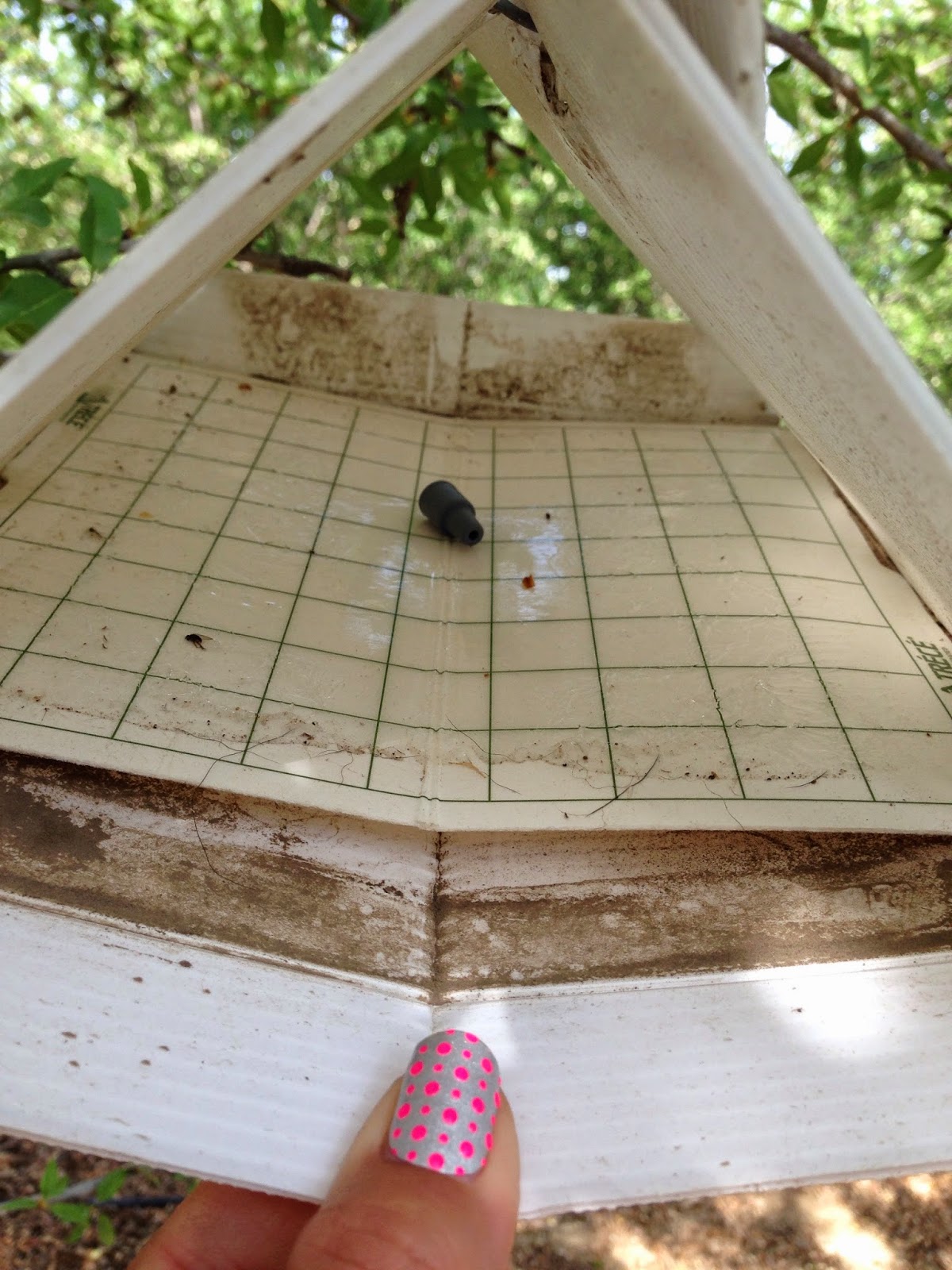Almond growers go through some sleepless nights this
time of year. Some even get a few extra gray hairs, as well.
 |
| A navel orangeworm trap. |
These
signs must mean harvest time is here or just around the corner. Right now, growers
on the far west side of the San Joaquin Valley are beginning to harvest their
almonds.
For those not yet ready to start shaking the nuts
off the trees, this is a time to closely monitor irrigation and watch out for
pests.
Field
scout Jenna Horine has been supplying weekly pest and orchard monitoring
reports to growers, providing them and their pest control advisors a second set
of eyes. She reminds everyone to look over the pest numbers and check them with
information available online from the University of California’s guide for the
Almond Year-round Integrated Pest Management Program.
 |
| Almond growers are monitoring orchard irrigation closely. |
Growers
can be good environmental stewards and control pest threats – especially navel
orangeworm and mites – before harvest time. That why’s it’s important to
closely watch the pest activity taking place in the orchards. In doing so,
growers can avoid unnecessary costs while protecting their crop and yields.
Jenna puts it this way: You don’t want to spend
$1,000 to treat pests that may cause only $400 in economic losses. Some growers
do get antsy and opt for blanket treatment whether it’s needed or not.
 |
| Target spraying the orchard will pay off in many ways. |
Then there are growers who will target treatments,
spraying around the orchard borders, where mites are stirred up from dusty,
dirt roads. Others will focus on hot spots.
“Watch carefully,” Jenna advises.
Meanwhile in the fields, alfalfa growers have wrapped
up their fourth cutting of the season. They already are irrigating to get ready
for at least one more harvest. As a result, pest pressures are low in the
fields, according to field scout Carlos Silva.
 |
| Cotton growth is doing well. |
Carlos
says this year’s cotton crop continues to do well with no real pest problems to
report. Lygus is under control for the most part. He found counts up in one
field (four bugs per 50 passes of his sweep net), which is still below the
seven to 10 threshold for treatment under UC IPM guidelines.
Carlos says the retention rate remains high with
plants averaging about 11 to 14 fruiting branches and 16 to 18 mainstem nodes.
He estimates bolls will start to open near the end of August.
In the meantime, some growers a finding a mystery
bug in the fields – a black beetle-like bug with a red strip on its back. No
one has identified it yet as a pest or a beneficial insect. We’ll let you know
if we identify the bug.
This comment has been removed by the author.
ReplyDelete